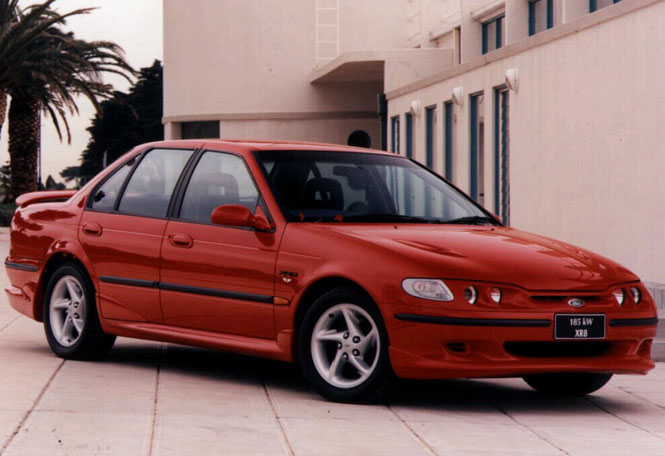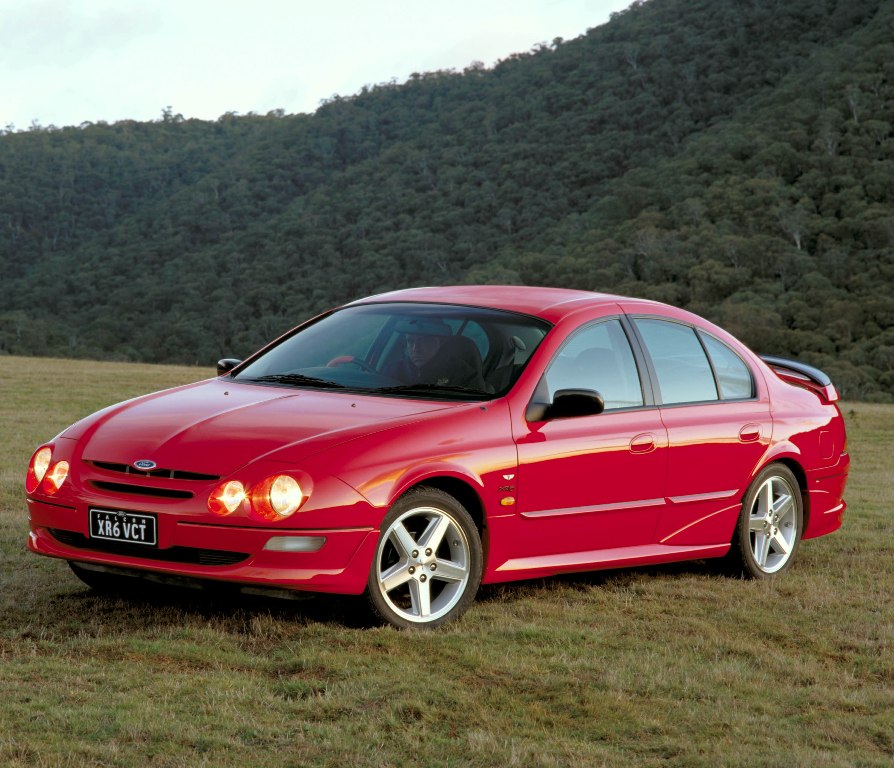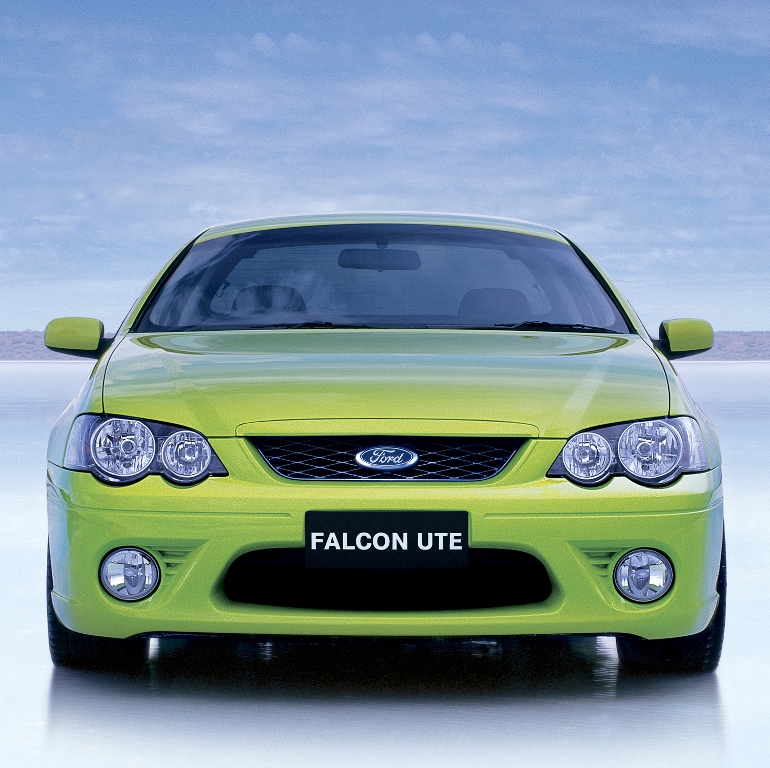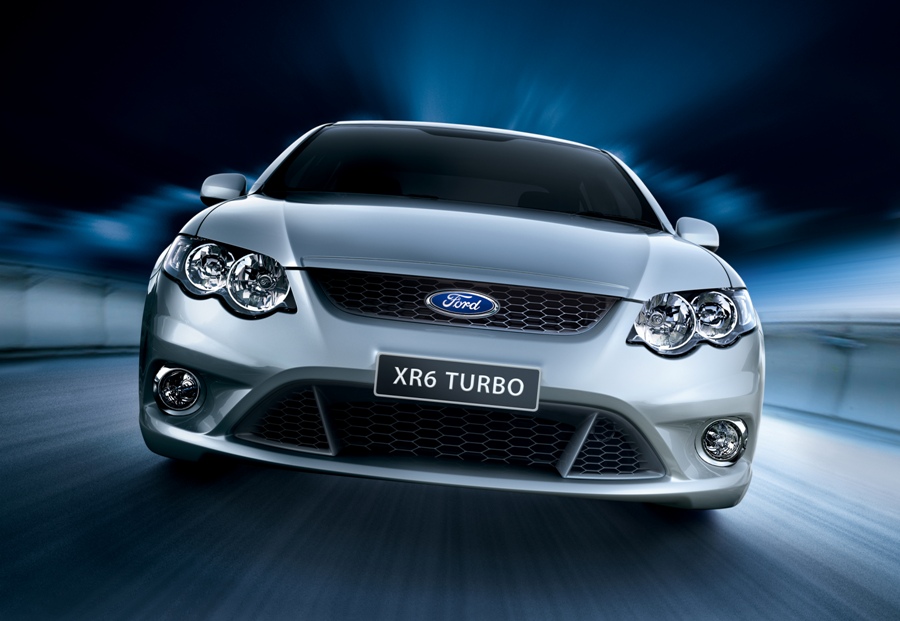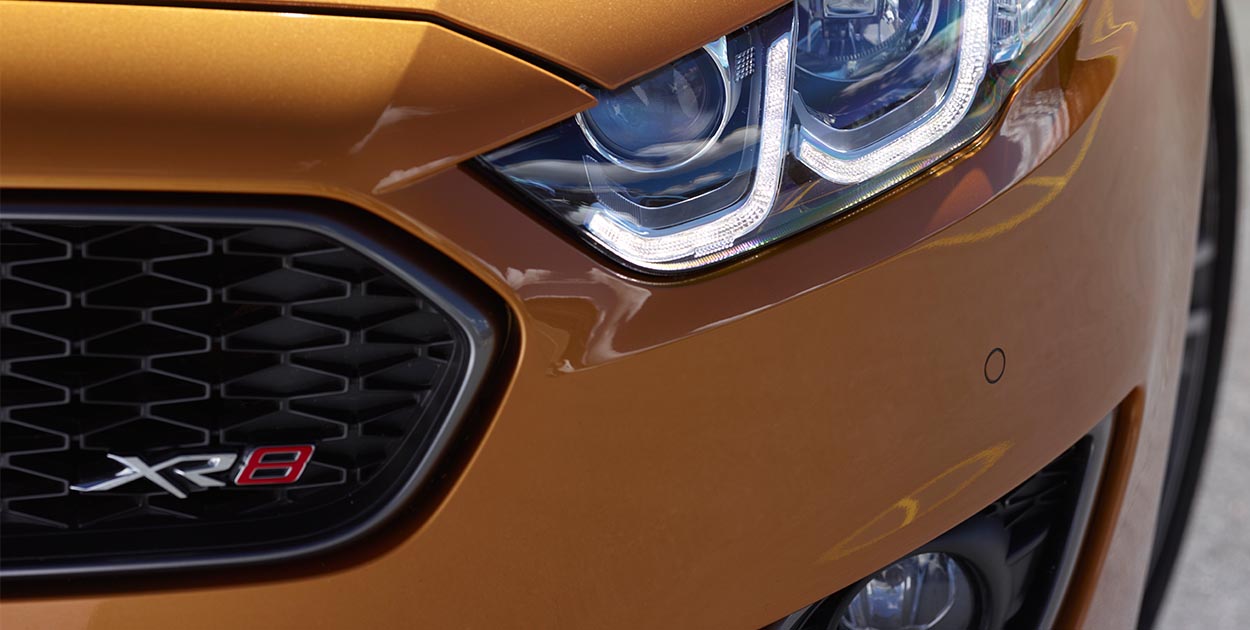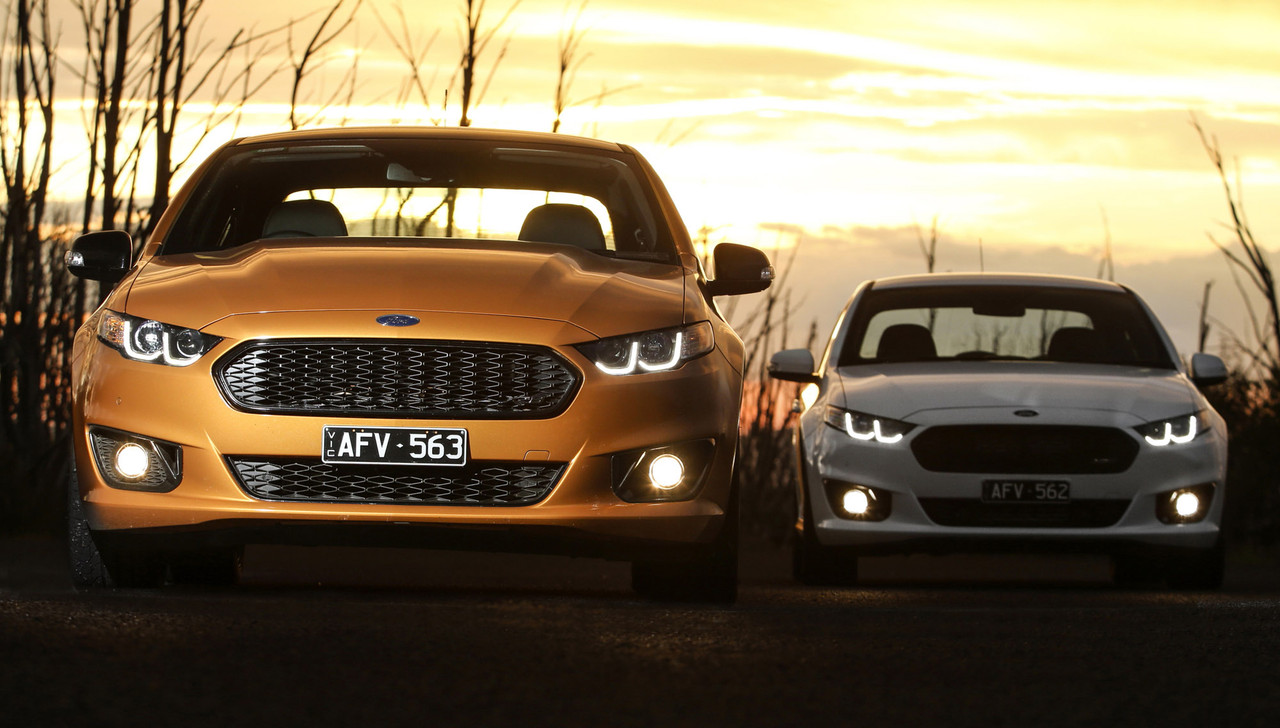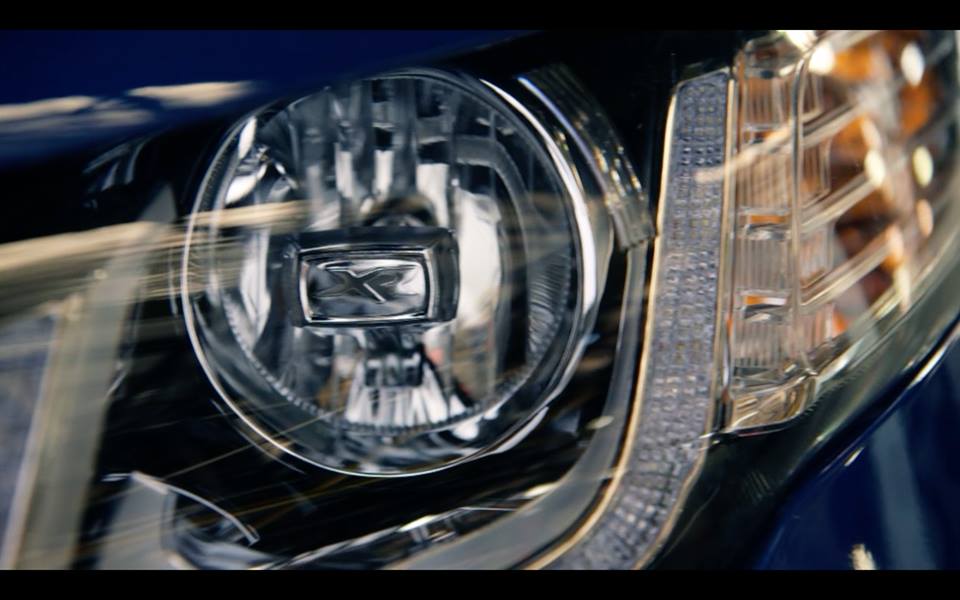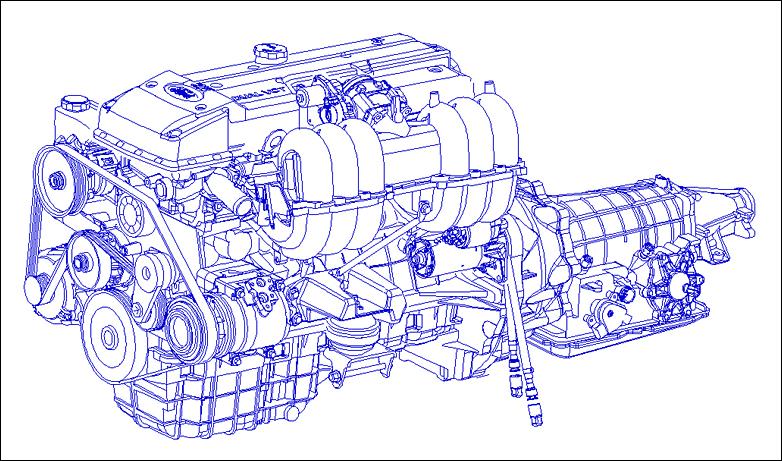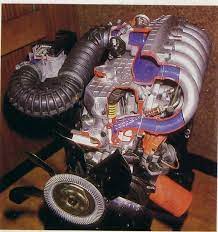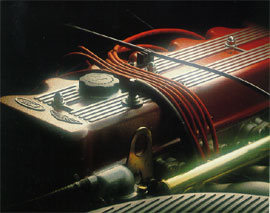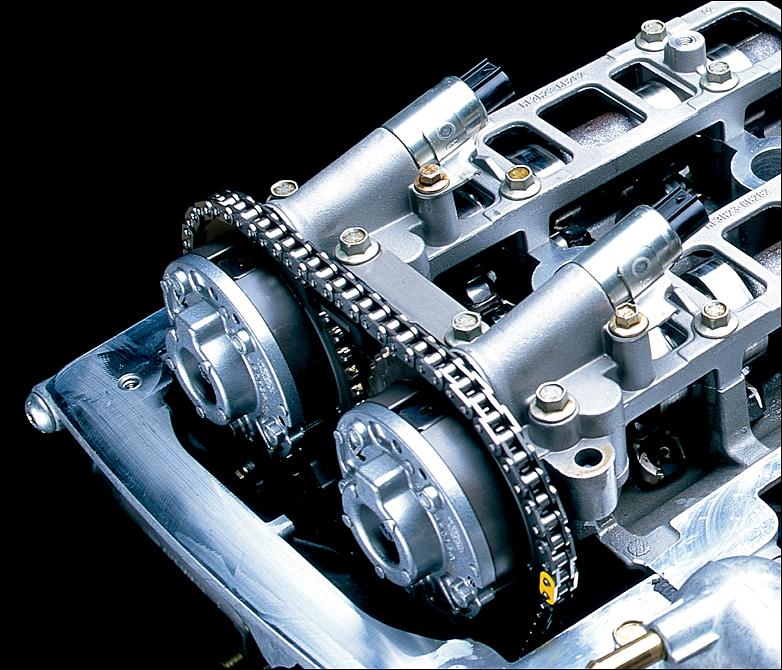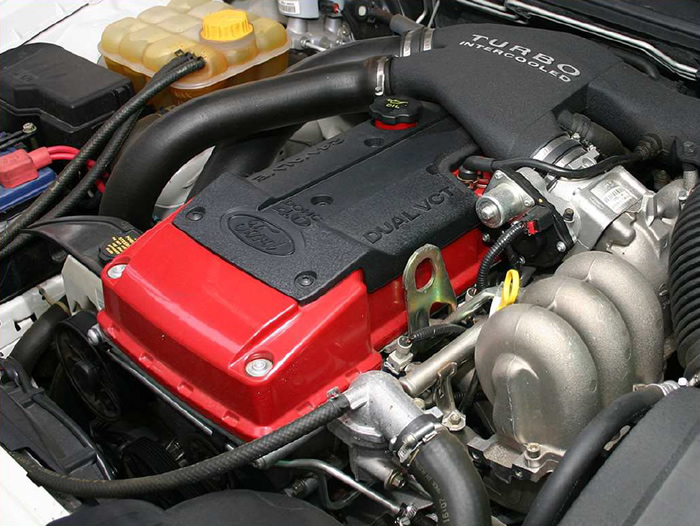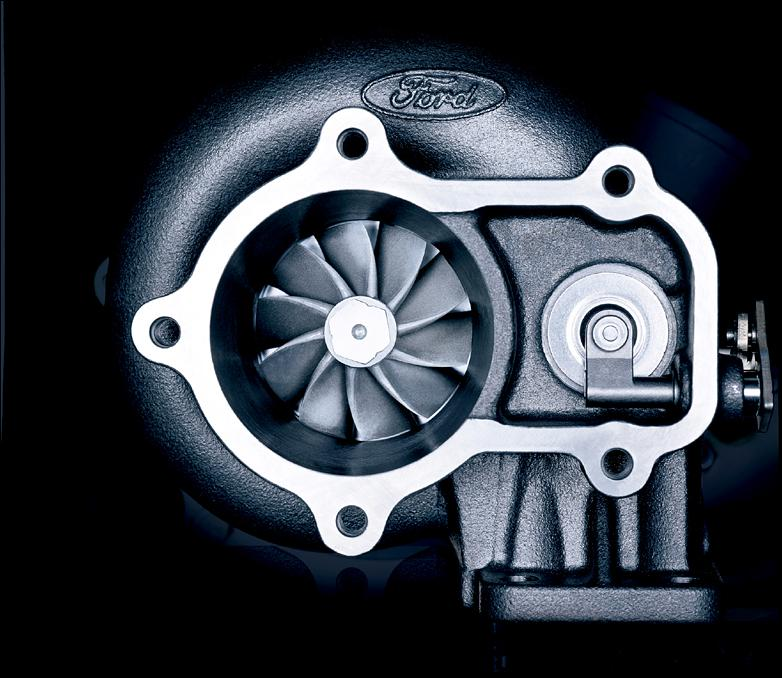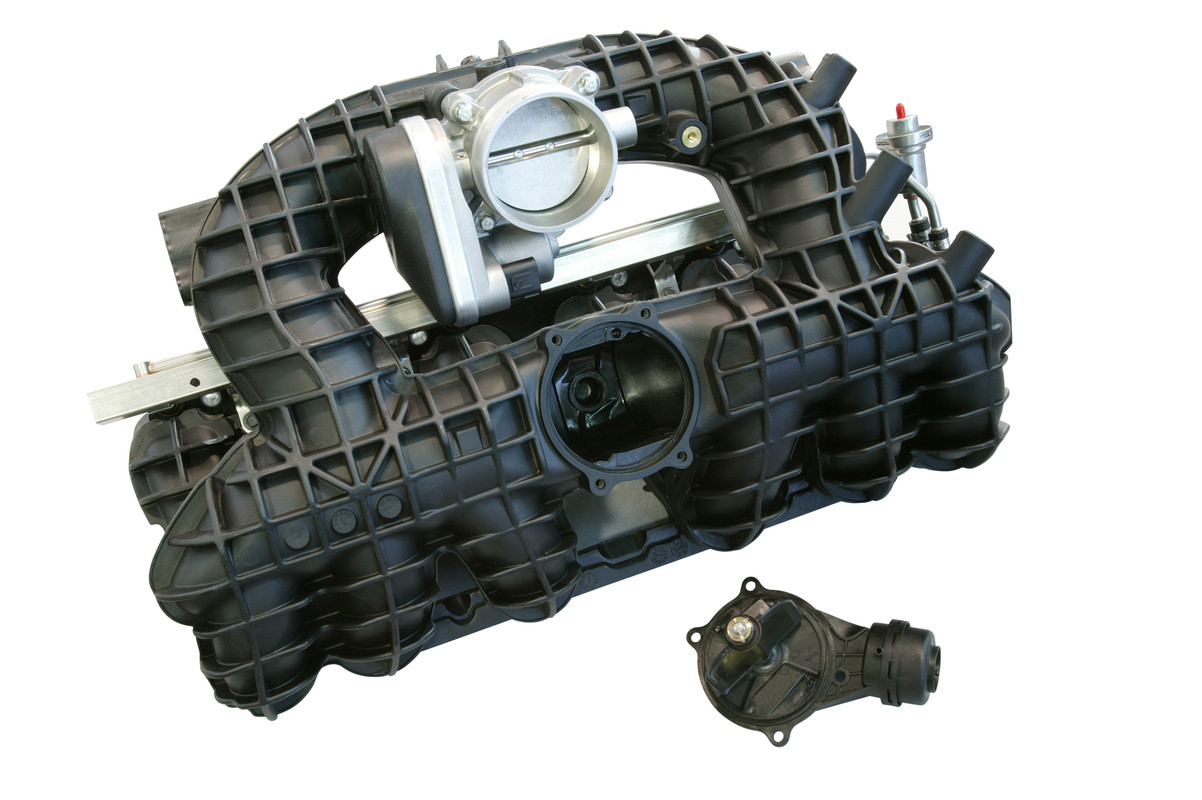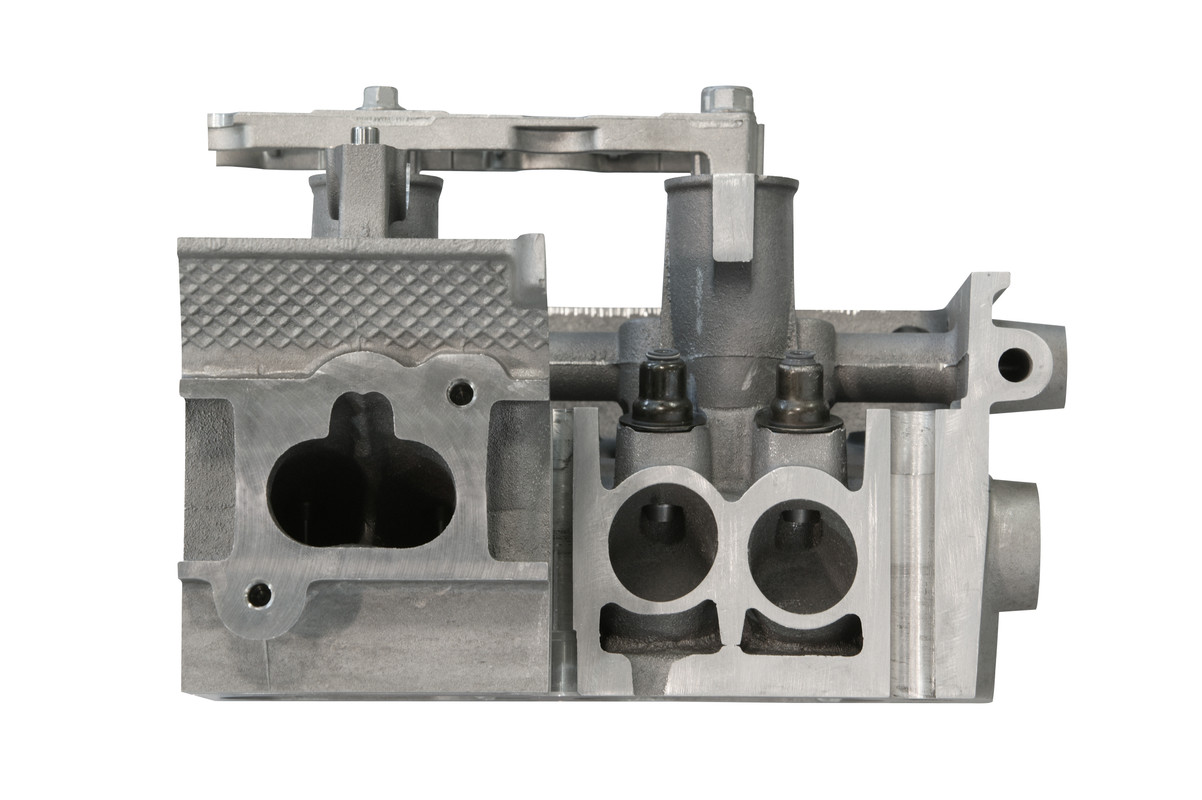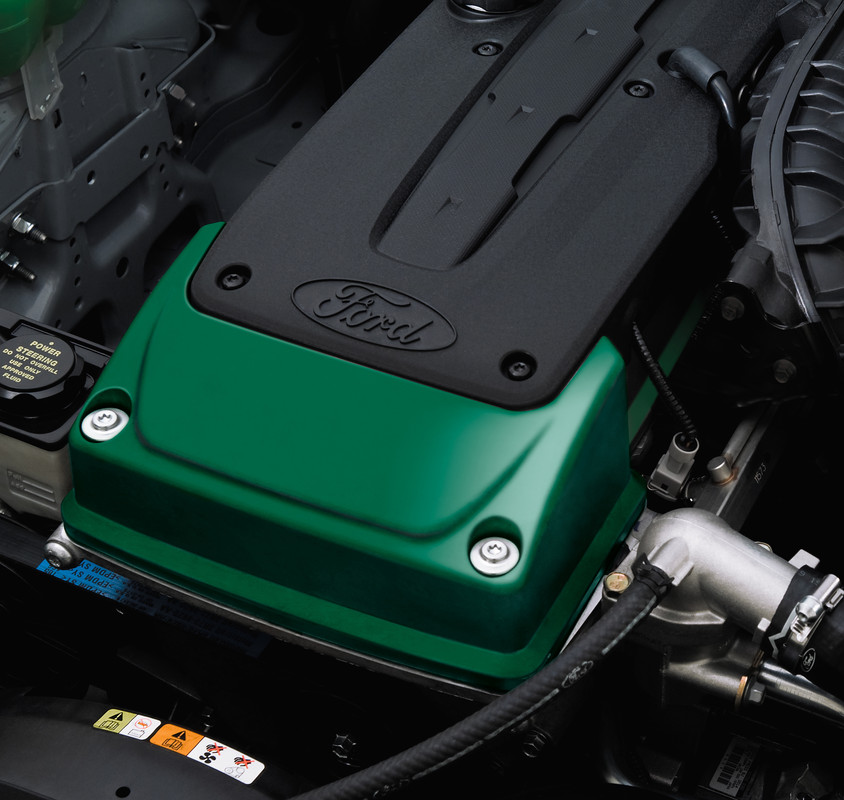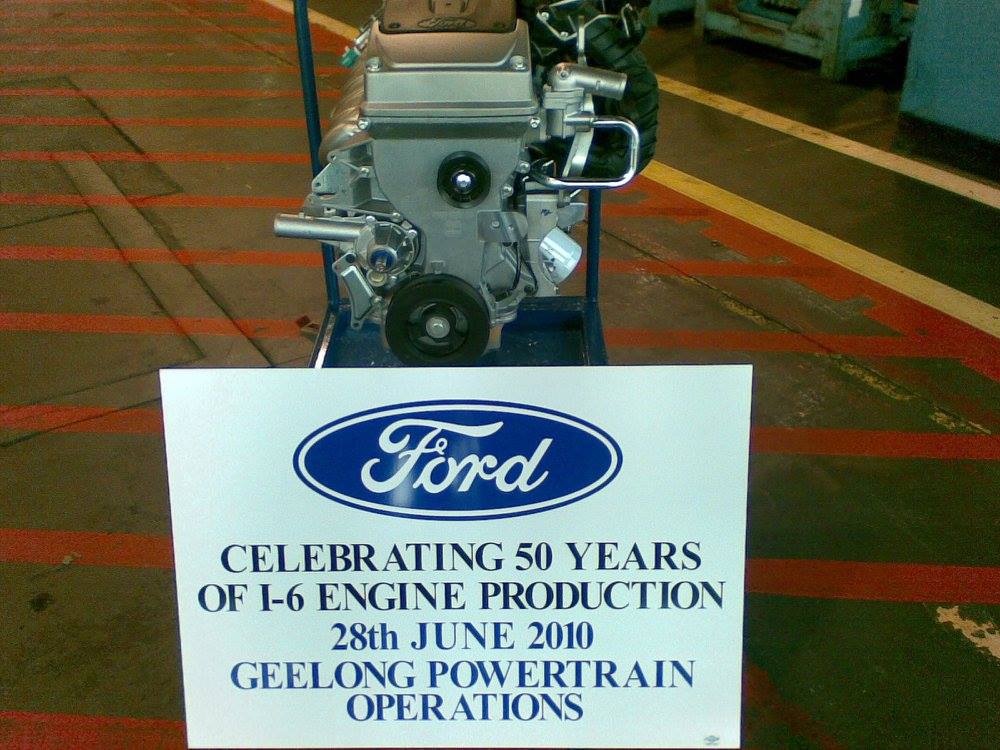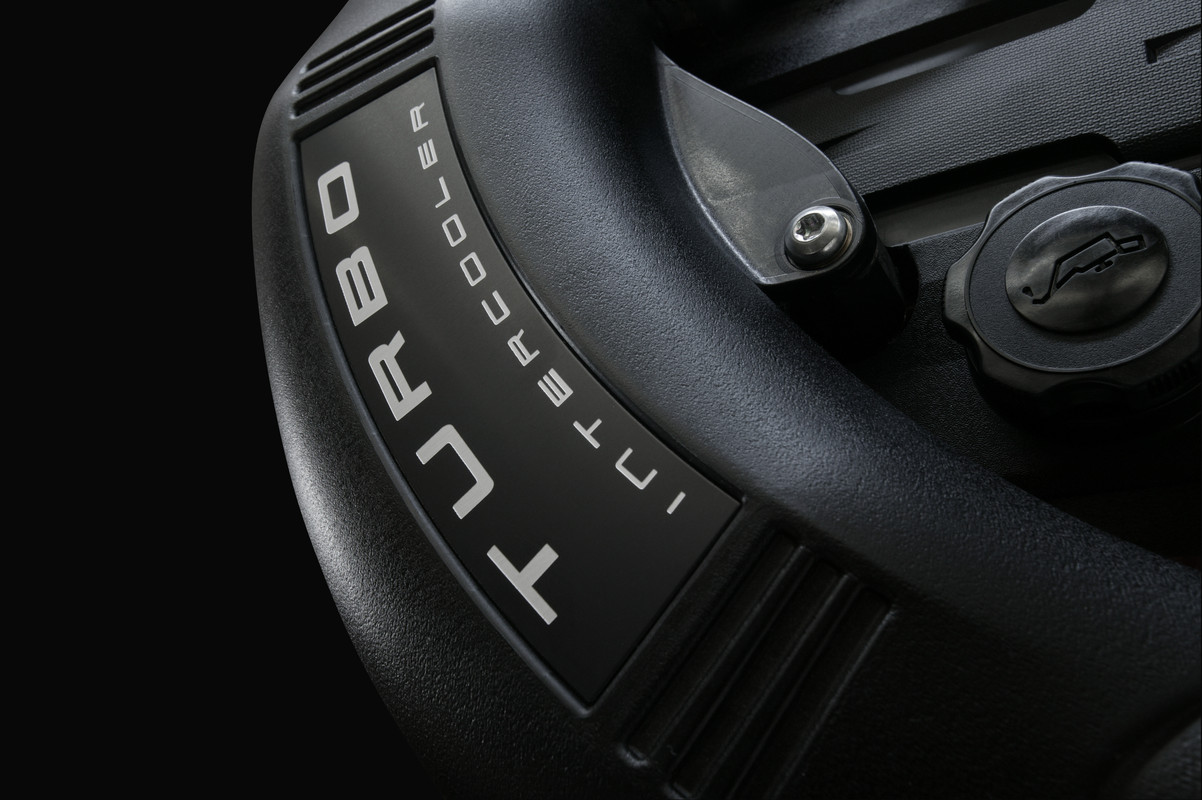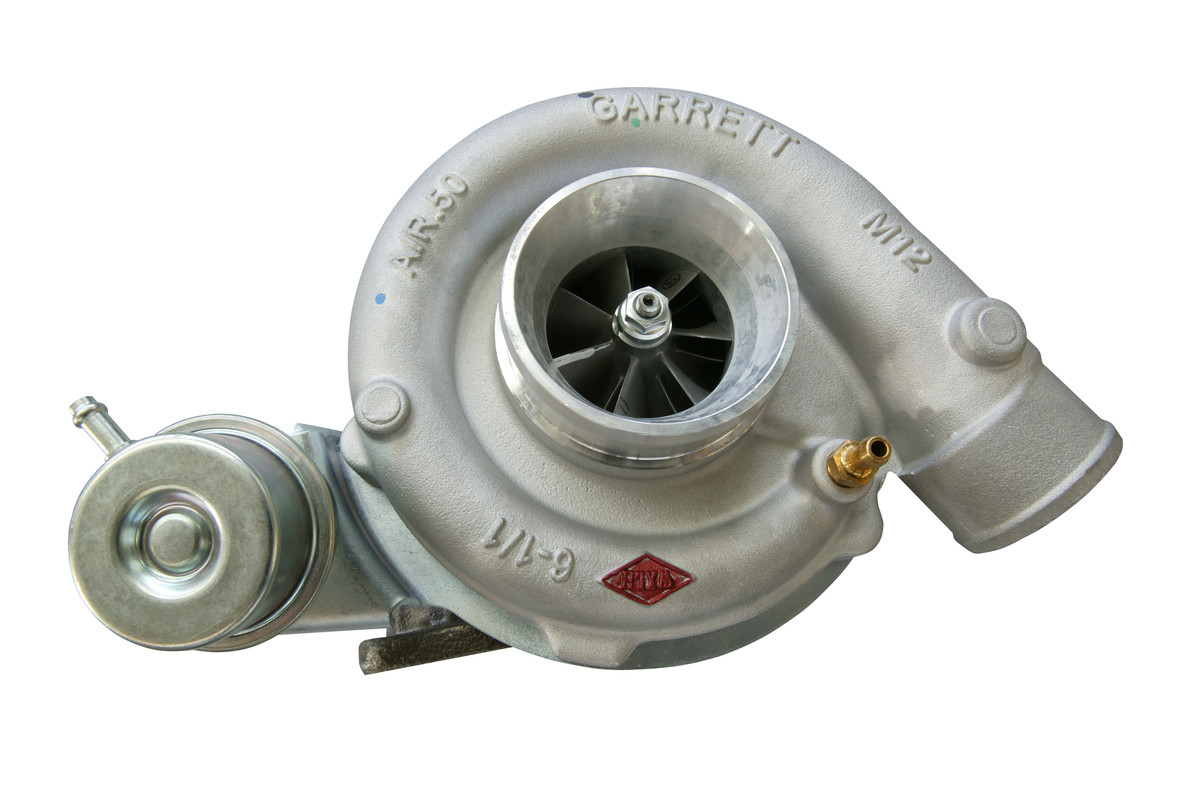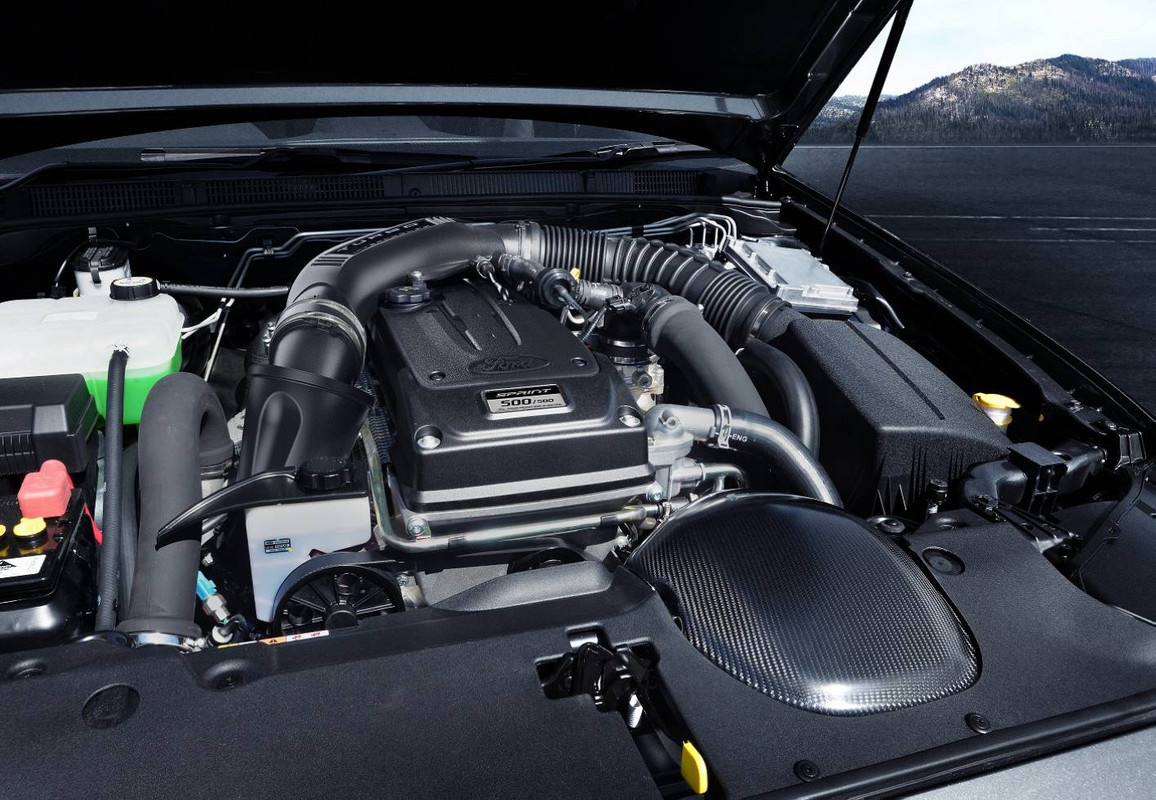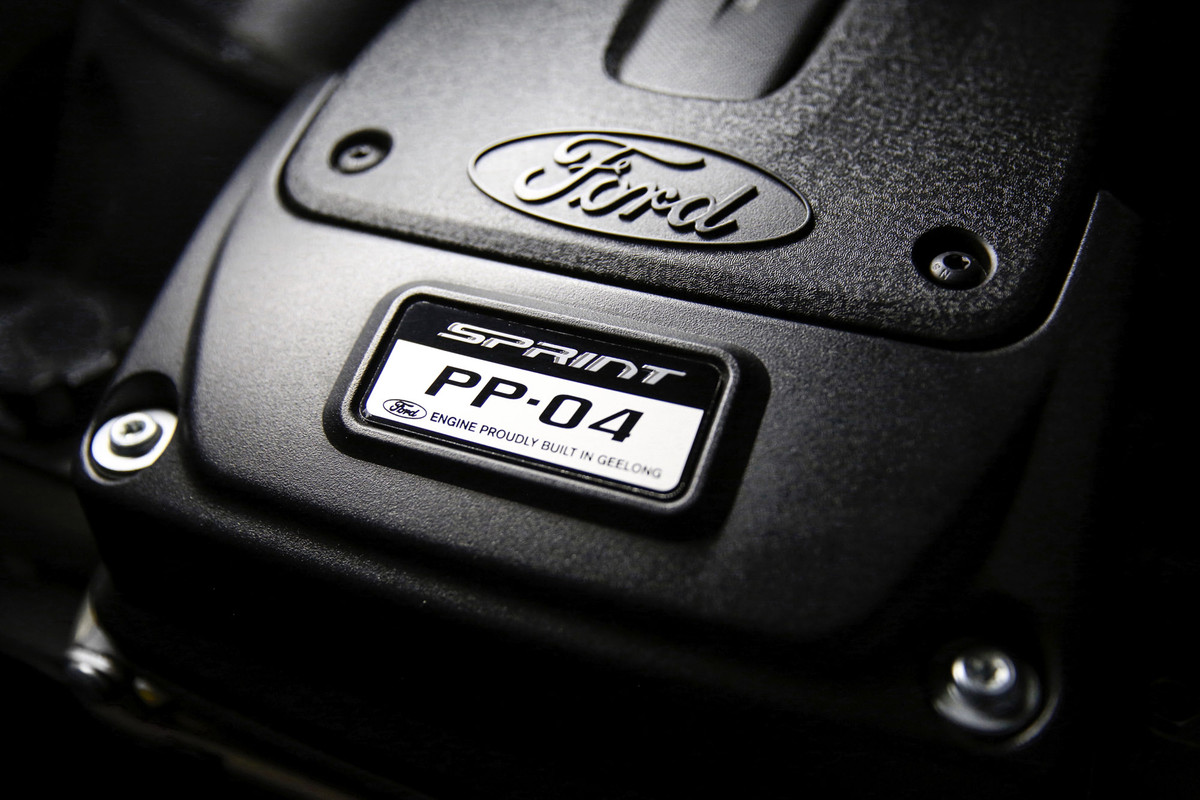The Tickford FTE T-Series, one of my all time favorites!
In the early 90’s, Ford went looking for a partner to help them inject some much-needed passion back into the Falcon brand. Tickford would end up with the contract, setting up shop across the road from the main Ford assembly plant in Broadmeadow’s, Melbourne. The partnership would involve engineering and manufacturing assistance to help Ford create models that would have otherwise not been possible. As mentioned previously, Tickford would end up to be Ford’s rival to HSV (Holden Special Vehicles), much the same as BMW M models or AMG Mercedes. Tickford would ultimately begin the long series of XR6 and XR8 models, as well as the 25th and 30th Anniversary GT models.
ED Falcon XR6 -
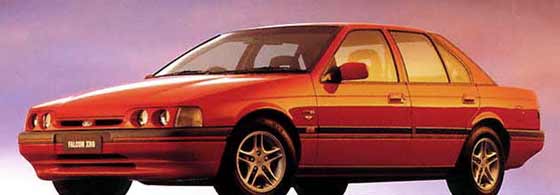
EL Falcon XR8 -
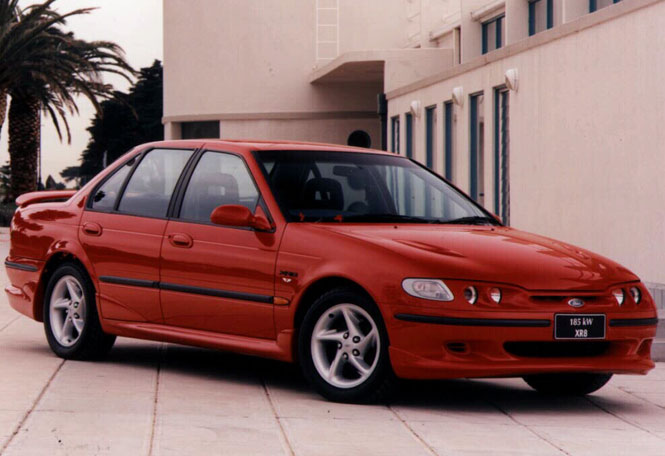
AU II Falcon XR8 -
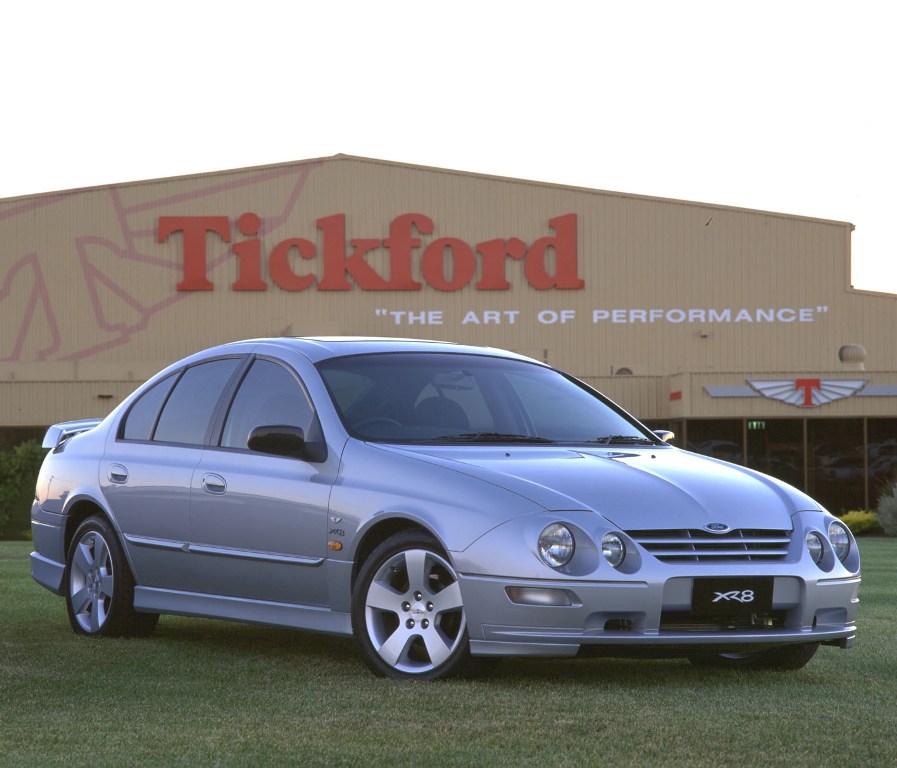
For the AU Falcon, in addition to the XR models, Tickford offered an even higher level of performance via their FTE (Ford-Tickford-Expirence) T-Series models. The goal for the T-Series was to offer a more premium, European inspired luxury cruises. The TE50 and TS50 were both based on the then new AU Falcon sedan and the TL50 was based on the long wheel base Fairlane sedan.
T1 TE50 -

T1 TS50 -

T1 TL50 -

The initial line up which would go on to be labelled the T1 consisted of the TE50, offered with the 200 kw / 268 hp 5.0 Windsor V8 paired with a 5-speed manual or the adaptive 4 speed auto. The TS50 was a higher specification and fitted with the most powerful factory 5.0 Windsor, putting out 220 kw / 295 hp and only available with the automatic. The TL50 had the 200 kw / 268 engine. The 220 version had a lot of local content in it. Tickford had to take crate motor Windsor’s, strip them down and rebuild them with revised intake manifolds, throttle body, exhaust headers, a special cam and rockers. The engine builder would then add his name to rocker cover before being trucked across the road to be fitted on the main production line.
Styling changes made them less overt than their XR siblings, using the regular Falcon headlamps rather than the XR’s four eye setup. The bumpers, grills, side skirts and wheels were all unique to the T-Series. The interior had a range of cosmetic changes and included unique seats for the TS and TL. The suspension was returned and the brakes larger too. Things like the bumpers, spoilers, brake upgrade and T-Series specific wheels were all fitted at the Tickford facility after the car went down the production line.



These cars did not perform as well as the Holden and HSV rivals (the Commodore of the period had just gone to the GEN-III Chevy small block), nor did they look as wild. But the chassis dynamics of the T-Series won a lot of fans, the steering feel especially. And the little Windsor put out a delicious exhaust note, something the Chevy V8 lacked here locally, and made up for the lower performance.
After a lukewarm response to the T1, FTE launched the T2 Range in 2000 based on the updated AU Series II Falcon/Fairlane. There were changes to various styling elements, new wheels, more vibrant interior trim choices and every model got the more powerful engine, with the 5-speed manual having been strengthened to withstand the higher outputs meaning the TE and TS could now have the manual.
T2 TE50 -



The main event was still to come though.
Ford and Tickford wanted to land a punch and draw a line in the sand with the next T-Series, the T3. This time, Tickford were let off the leash and told to go-get-em (HSV). The result was a more powerful and overt performance car designed to grab people’s attention in the same way Holden’s and HSV’s were doing. The styling changes consisted of a much beefer body kit, including the V8 Supercar esque high rise spoiler. Previous T-Series had euro style hidden exhaust tips, these were replaced with a set of square chromed tips, again more in keeping with the overtness of its rival.






It was the engine that was the big talking point. Once again, Tickford were stripping and re-building Windsor V8’s, however this time they were fitting a stroker crank. This took capacity out to 5.6 litres / 347 cu. An unique set of exhaust headers, a locally made large high rise intake manifold and various other related parts were swapped for locally made items. The result was 250 kw / 335 hp with a huge for the time 500 Nm / 369 ft-lb of torque. The 4-speed auto was beefed up and a newer Tremec 5-speed manual adapted to fit the Windsor. To contain that added power, a Brembo brake package was also offered.



They also made a ute version called the XR8 Pursuit 250. These kept the XR front styling in difference to the T-Series -

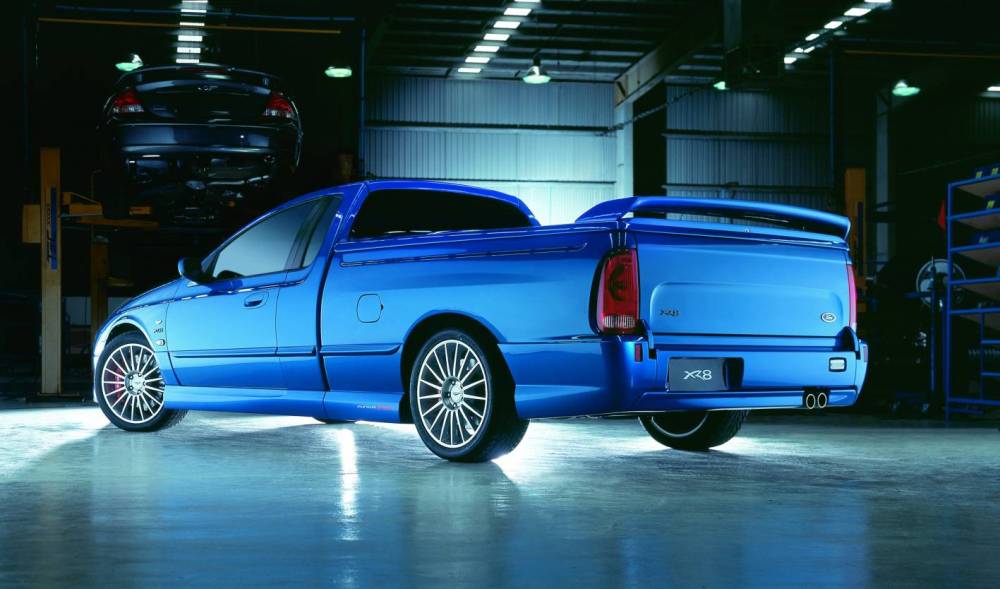

The 5.6 Windsor was a torque monster of an engine and with the help of that new intake manifold, could actually breath above 5,000 rpm. And the sound! That gloriously old-school V8 beat sealed the deal. The only bad thing this engine did was consume premium gas at a humorously high rate.
So all of that lead me to idolizing the T3 T-Series range. I was 15 at the time, this was my poster car! One of my fathers employees had a red T3 TE50 and a Blue TS50 and would go to sell and then buy them back again.
In January 2012, after months of looking, I got to meet my hero.
These cars were rare and even rarer today. Across all T1, T2 and T3, 841 of these were made. Of the T3 TS50 I was aiming for, a total of 220 were made, 70 manuals and 150 autos. I wanted one with Brembo brakes as a minimum and ideally one with the color contrast leather trim.
I would eventually find a one owner TS50 in Blue Print with only about 45,000 km / 27,000 miles on the clock. After teeing up an inspection, which I had to drive to the other side of my state, I just knew this was THE car. When I went into the garage, the car was covered in thick blankets. Once unwrapped, we took it for a test drive……………my first drive of my hero car. The engine builder was stamped “Phil Geroulis” and the build number was 154. The car also had premium sound system, four speed auto with steering wheel shift buttons and the Wild Blue leather trim. The car was also featured in Wheel magazine, and was part of a function with Ford management. I paid a deposit and went back a week later to pick it up, the poor guy was sheading tears as I dove it away.




The TS50 held a huge presence on the road, the spoiler attracting plenty of attention. These cars were brilliant to drive, mine was fitted with the standard Koni dampers so the ride was brilliant but still exceptionally adept at fast cornering. The compact nature of the Windsor V8 also had a lot to do with this, something the tall and wide modular V8’s could only dream about.
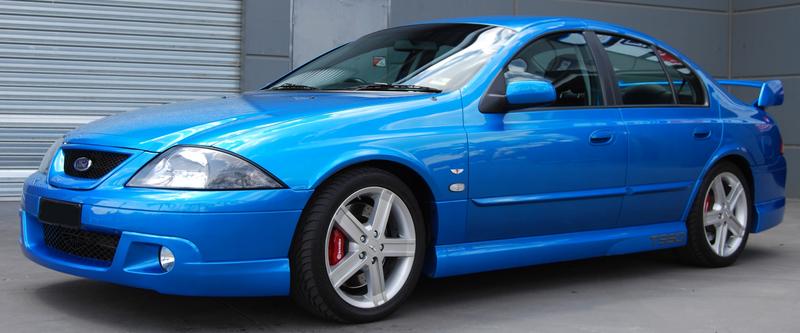



I would go on to own this car for a couple of years, selling it fund the purchase of my current XR8. The car was purchased by another Ford man interstate who I have maintained occation contact with, he is enjoying the car like I did.
Waving goodbye was hard, I of course sent it away as clean as I would have liked to receive it myself -


On a club run with the new owner, second from the left -

Since then, the value of these cars, in particular T3’s with a manual gearbox, have sky rocketed, probably three times the price I sold mine for. Despite that, I consider myself privileged to have had the opportunity to own and drive my boyhood dream car.
As the AU III made way for the vastly improved BA Falcon, the Tickford and FTE brand was re-birthed as FPV. The T-Series was no more, in it’s place the reborn GT range. The T-Series has become a significant point in the local Falcon’s history, marking a time when Ford and Tickford responded with gusto to it’s long time rivals.
This article is a good explanation on how the engines were made -
https://www.whichcar.com.au/features/archive-morley-builds-5-6-windsor-v8
And some sound to put to the words -
https://www.youtube.com/watch?v=yOjsbqUFkMM&t=14s
https://www.youtube.com/watch?v=d-1S2uFtYsU
https://www.youtube.com/watch?v=KDZbIscDzuo
https://www.youtube.com/watch?v=xJvUrgJla5k&t=5s
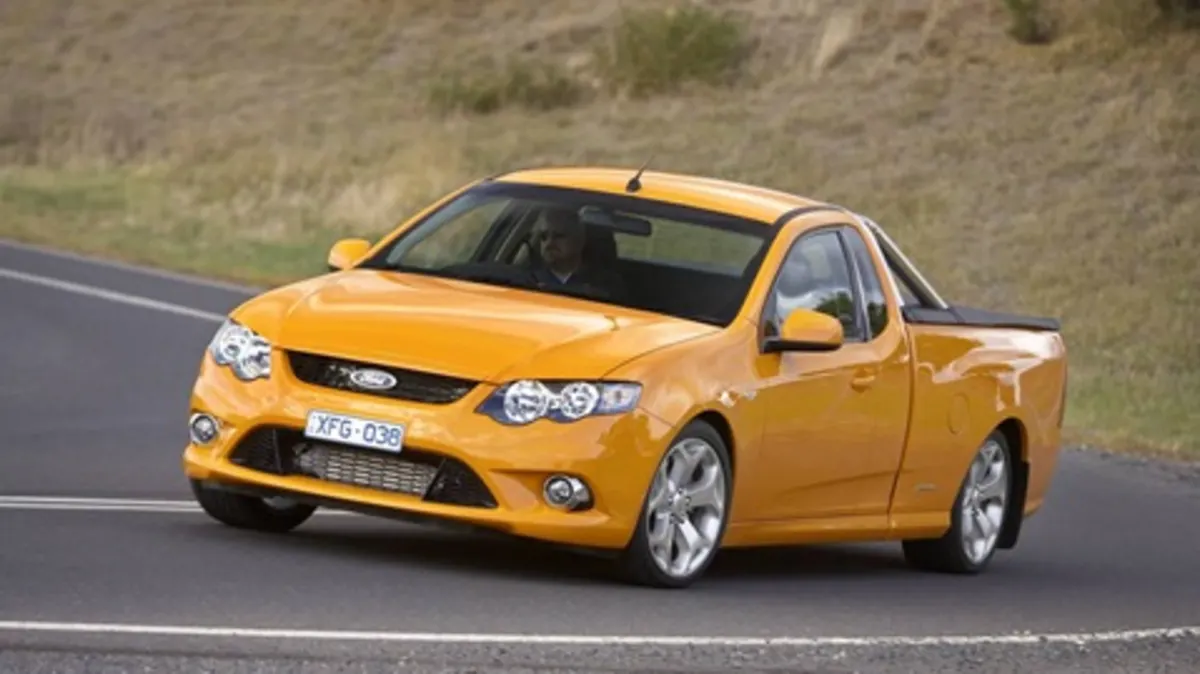




 These are certainly rare, I bet all the owners know each other even!
These are certainly rare, I bet all the owners know each other even! ️
️





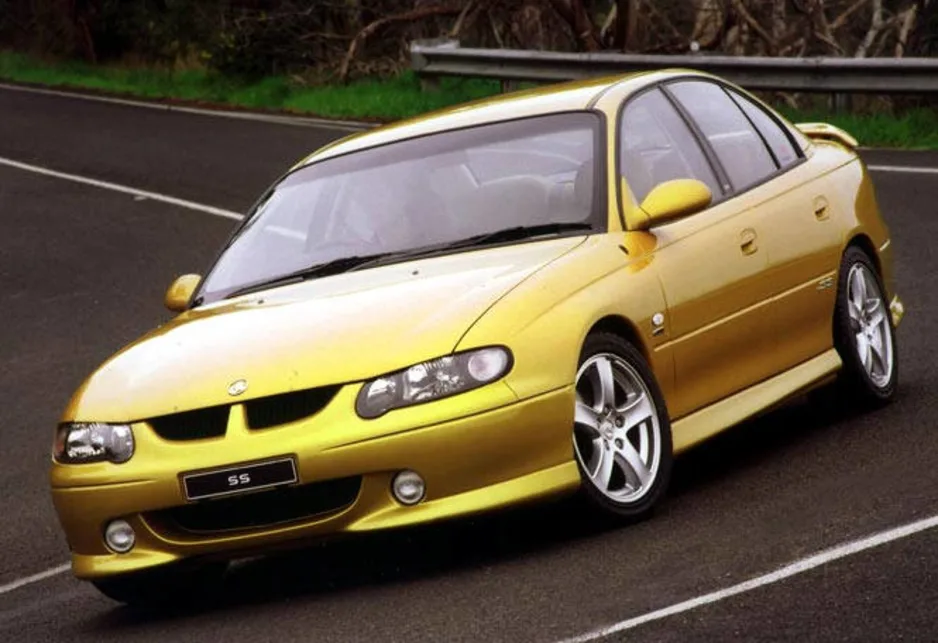


















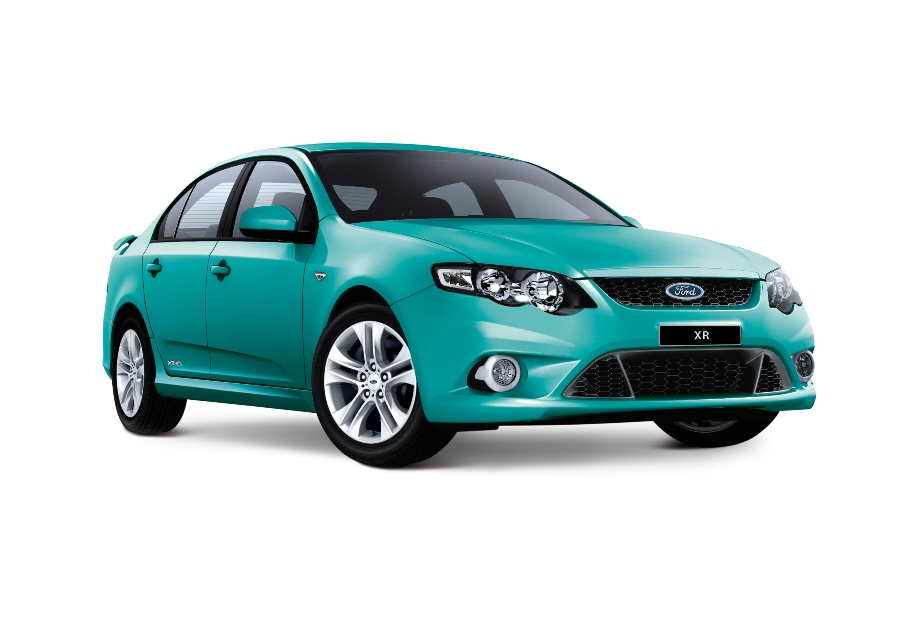
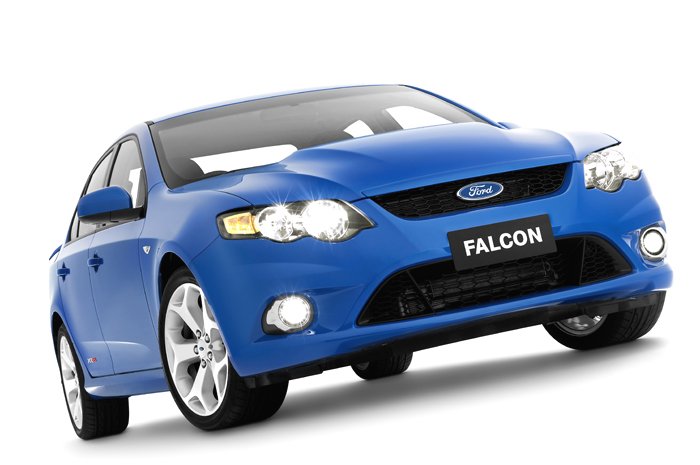


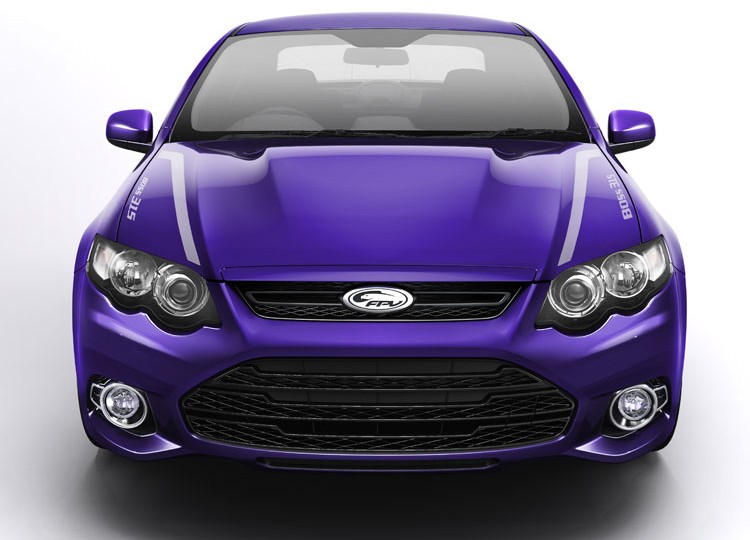


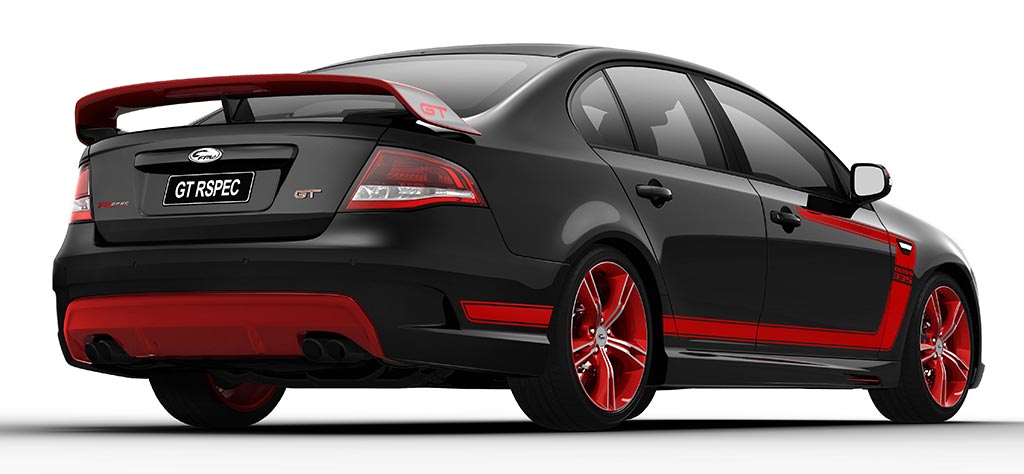
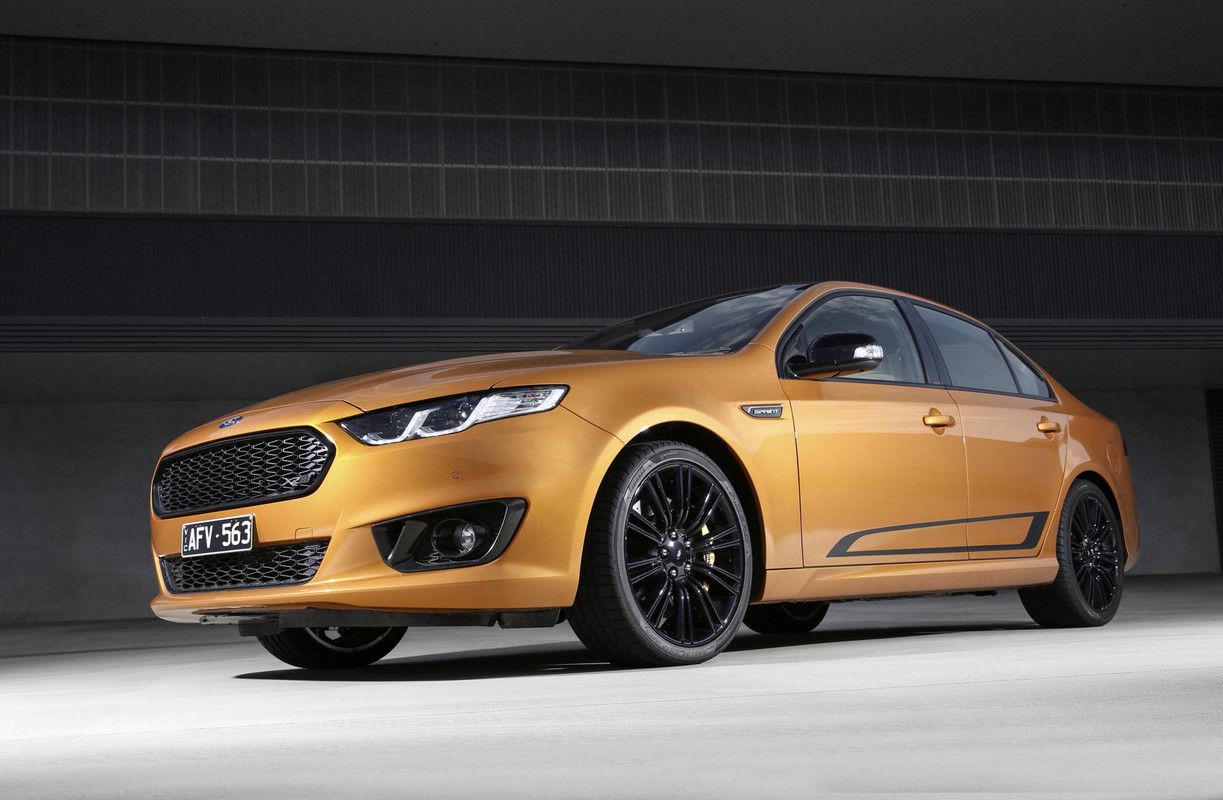








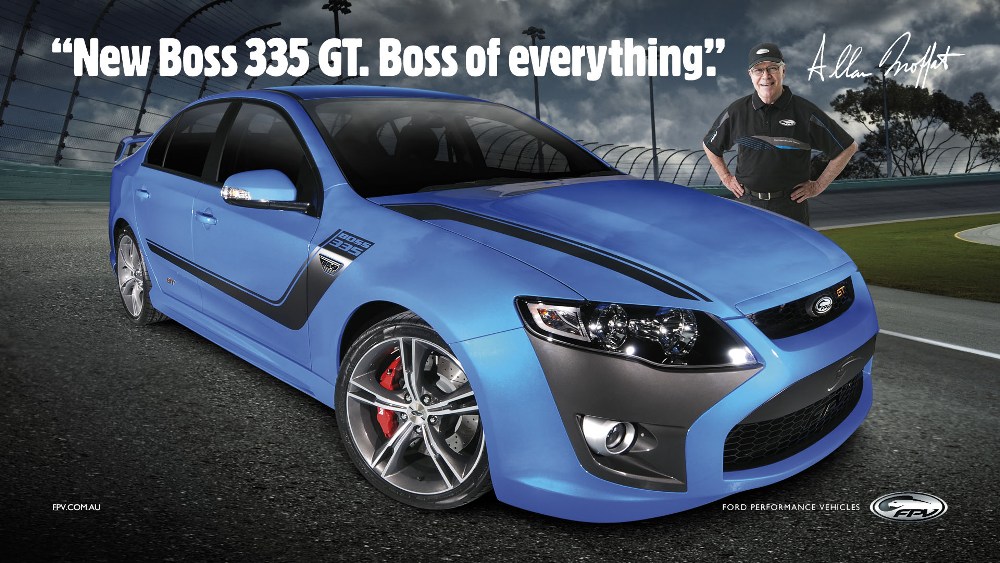
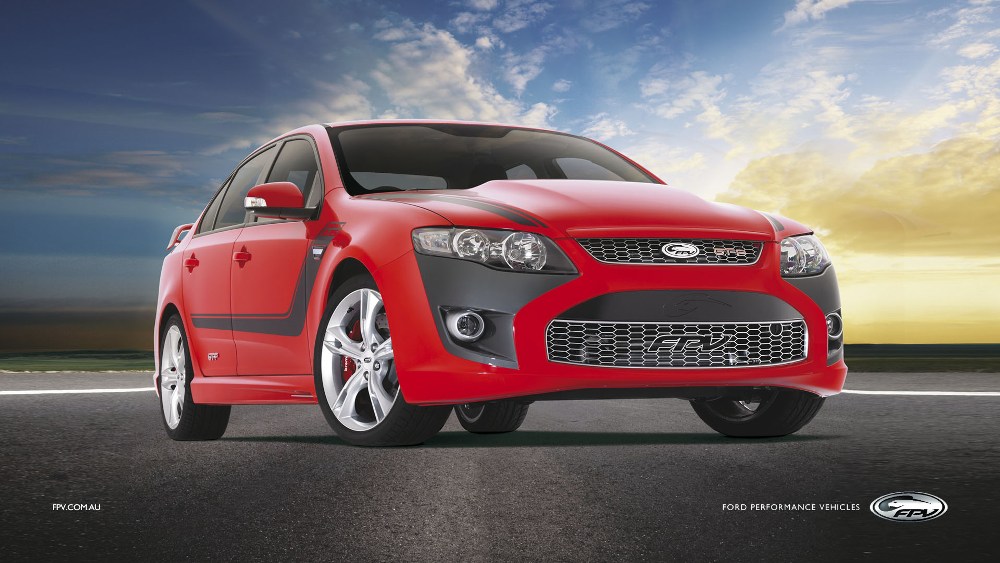




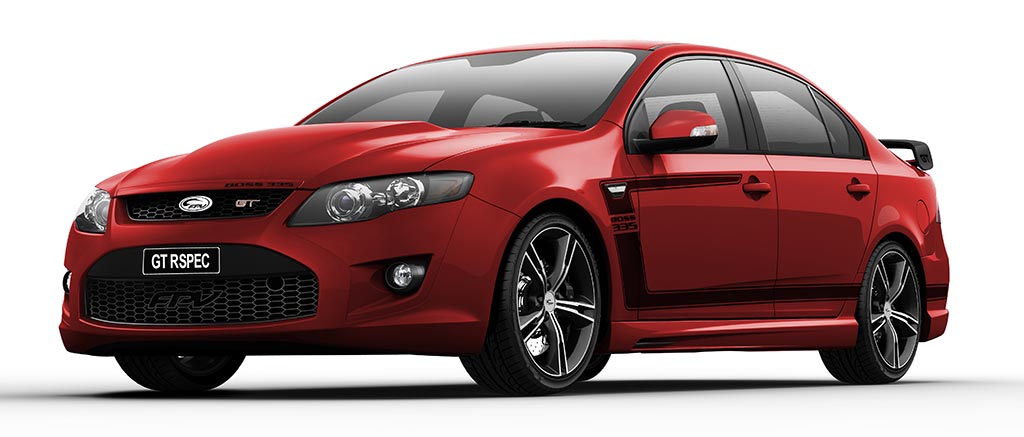






































 and the
and the  can share their passion about cars, everywhere infact. We take this form of communication for granted but it's really "a somethin"
can share their passion about cars, everywhere infact. We take this form of communication for granted but it's really "a somethin"






